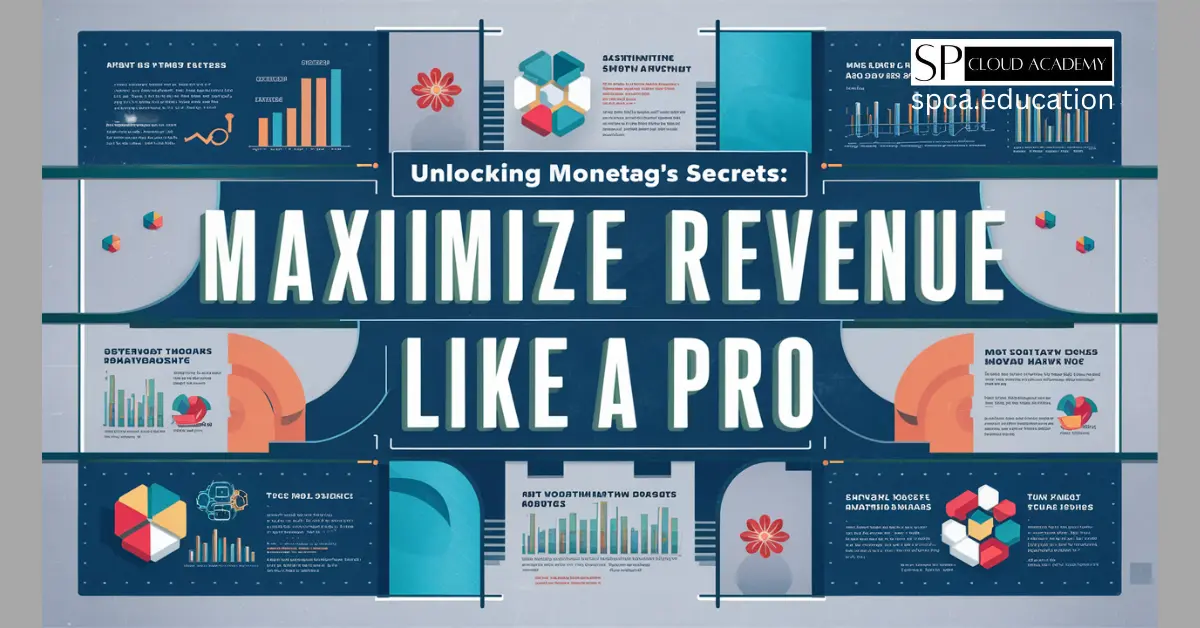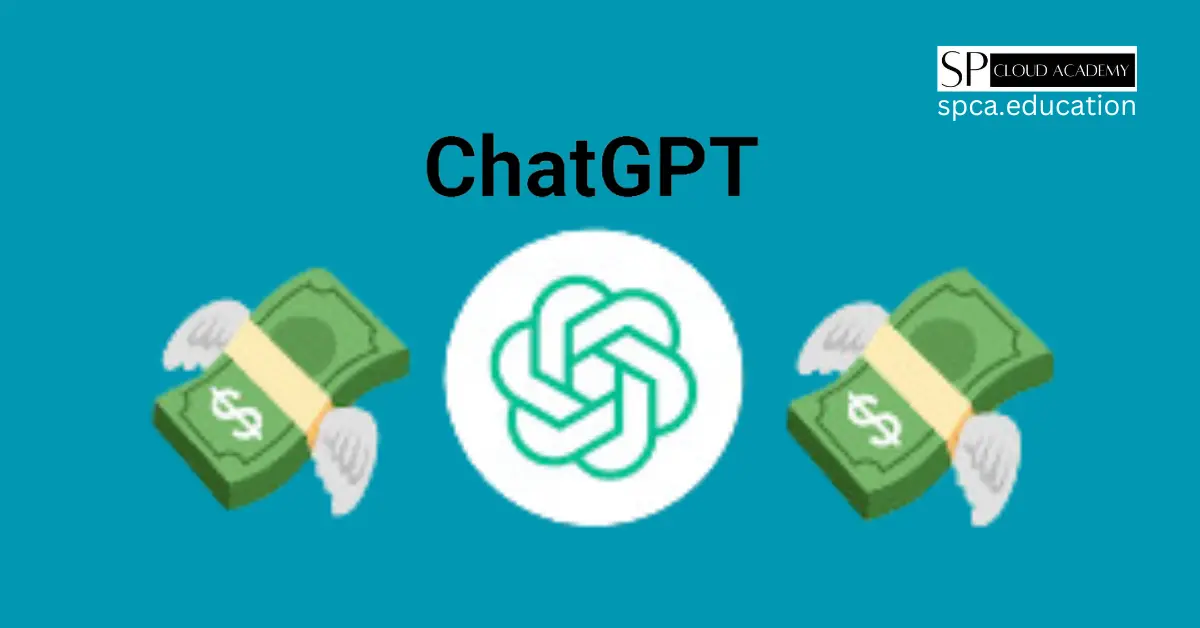In the digital age, the concept of work is rapidly evolving, and freelancing marketplaces are at the forefront of this transformation. These online platforms have become bustling hubs where independent professionals, or freelancers, can offer their skills and services to a global audience. Meanwhile, businesses and individuals seeking specialized expertise can easily find the right talent for their projects. This article delves into the world of freelancing marketplaces, exploring their pivotal role in reshaping the way we work. From the flexibility and freedom they offer to the challenges and opportunities they present, freelancing platforms have revolutionized the employment landscape. Whether you’re a freelancer looking to thrive in this ecosystem or a client seeking top-notch talent, understanding the dynamics of freelancing marketplaces is essential in navigating the modern world of work. This article will guide you through the intricacies of these platforms, offering insights and tips for success in this dynamic and rapidly expanding realm.
Choosing a Freelancing Marketplace
Choosing the right freelancing marketplace is a critical decision for both freelancers and businesses. Each platform has its unique features, user base, and focus areas. Here are some key considerations to help you make an informed choice:
- Skills and Expertise: Consider your skills and expertise. Some platforms specialize in certain niches or industries. Make sure the marketplace aligns with your area of expertise.
- Type of Work: Determine the type of work you want to do. Some platforms are better suited for one-time projects, while others cater to long-term contracts or retainer-based work.
- Client Base: Research the type of clients that use the platform. Are they mostly startups, small businesses, or large enterprises? Choose a marketplace that attracts your target clients.
- Competition: Evaluate the level of competition. Some platforms have a high number of freelancers, making it challenging to stand out, while others might offer a less competitive environment.
- Pricing and Fees: Understand the fee structure. Most platforms charge a percentage of your earnings or a subscription fee. Compare these fees and choose one that aligns with your financial goals.
- Payment Protection: Look for platforms with a secure payment system. Ensure that freelancers are protected from non-payment or payment disputes.
- Reviews and Ratings: Check the platform’s review and rating system. Positive feedback can boost your credibility and attract more clients.
- Communication Tools: Assess the platform’s communication tools. Effective communication is essential for successful freelancing. Look for platforms that offer chat, video conferencing, and project management tools.
- Terms of Service: Read and understand the platform’s terms of service, including any exclusivity clauses or non-compete agreements.
- Customer Support: Consider the quality of customer support. A responsive support team can help resolve issues quickly.
- Geographic Focus: Some platforms are more region-specific, while others are global. Choose one that suits your preferences for working with clients from specific regions.
- Portfolio and Profile Customization: Evaluate the flexibility and customization options for your freelancer profile and portfolio. A well-crafted profile can help you attract more clients.
- Referral and Affiliate Programs: Some platforms offer referral or affiliate programs that can provide additional income opportunities. Check if your chosen platform offers such incentives.
- Mobile Accessibility: If you prefer working on mobile devices, ensure that the platform has a user-friendly mobile app or website.
- Community and Resources: Look for platforms that offer a supportive community, forums, or educational resources to help you grow your freelance career.
- Security: Consider the platform’s security measures to protect your personal and financial information.
- Scam Prevention: Investigate how the platform handles scams and fraudulent activities to ensure a safe working environment.
Ultimately, the choice of a freelancing marketplace should align with your specific goals, skills, and preferences. Don’t hesitate to try out different platforms to see which one suits you best. It’s also common for freelancers to use multiple platforms simultaneously to diversify their client base and income streams.
Effective Freelancer Profile Optimization
Your freelancer profile on platforms like Upwork, Fiverr, or Freelancer is your virtual storefront. It’s where potential clients first encounter you, so optimizing it is crucial for success. Here are some key steps to ensure your freelancer profile stands out and attracts clients:
- Professional Photo: Use a high-quality, professional-looking photo as your profile picture. A clear headshot with a pleasant expression can create a positive first impression.
- Compelling Headline: Craft a concise and attention-grabbing headline that highlights your expertise and the value you offer to clients. Avoid generic titles like “Freelancer” or “Writer.”
- Engaging Introduction: Write a compelling introduction that introduces yourself, describes your skills, and explains how you can solve clients’ problems. Keep it concise and client-focused.
- Detailed Portfolio: Showcase your best work through a well-organized portfolio. Include a variety of samples that demonstrate your skills and expertise. Add descriptions to provide context for each project.
- Skill Tags: Use relevant skill tags or keywords that potential clients might search for. Be specific and accurate in your selections to increase visibility.
- Professional Summary: Craft a professional summary that elaborates on your experience, qualifications, and what sets you apart from competitors. Mention any certifications, awards, or unique selling points.
- Client Reviews and Ratings: Encourage satisfied clients to leave positive reviews and ratings. High ratings and testimonials can build trust and credibility.
- Clear Services Offered: Specify the services you offer and any related details, such as delivery timeframes, pricing structures, and revisions policies. Clients appreciate transparency.
- Customized Cover Letters: When applying for jobs or gigs, personalize your cover letters to address the client’s specific needs and explain how you can solve their problems.
- Responsive Communication: Respond promptly to client inquiries and messages. Timely and professional communication demonstrates reliability.
- Consistent Branding: Maintain a consistent brand across your profile and other online presence, such as your website and social media profiles. Consistency builds trust.
- Regular Updates: Periodically update your profile to reflect new skills, projects, or certifications. An up-to-date profile shows that you’re active and committed.
- Pricing Strategy: Set competitive and realistic prices for your services. Consider your experience, expertise, and market rates.
- Client-Centric Approach: Focus on how you can help clients achieve their goals and solve their problems. Tailor your profile content to address their pain points.
- Avoid Jargon: Use clear, simple language that clients can understand. Avoid industry jargon or technical terms that may confuse potential clients.
- Call to Action: Include a call to action in your profile, inviting clients to contact you for inquiries or project discussions.
- Privacy Settings: Adjust your privacy settings to control who can view your profile and send you messages. Be cautious about sharing personal information.
By implementing these profile optimization strategies, you can enhance your visibility, attract the right clients, and increase your chances of securing freelance opportunities. Remember that your profile is a dynamic representation of your skills and experience, so invest time in keeping it fresh and compelling.
Freelancing Marketplaces for Creative Professionals
For creative professionals seeking an avenue to unleash their artistic potential and connect with clients who appreciate their craft, there are specialized freelancing marketplaces tailored to their unique talents. Platforms like 99designs serve as havens for graphic designers, illustrators, and logo artists, where clients can host design contests or hire freelancers directly for branding and web design projects. Behance offers a multifaceted approach, functioning not only as a portfolio platform but also as a marketplace, enabling artists to showcase their work and collaborate on creative projects. Writers can find their niche on platforms like WritingBunny, which connects freelance writers with clients seeking content creation services, while Voices.com is a go-to destination for voice-over artists and clients in need of captivating voices. From ArtStation for digital artists to SoundBetter for musicians and Designhill for graphic designers, these specialized marketplaces cater to the unique needs of creative professionals, fostering a vibrant ecosystem for artistic expression and freelance success.
Top Freelancing Marketplace
Here are the top 10 freelancing marketplaces with features, detailed descriptions, and official links:
- Upwork:
- Features: Vast job categories, client ratings, escrow system, and a global user base.
- Description: Upwork is a leading platform for freelancers offering services such as web development, design, writing, and marketing. It allows both hourly and fixed-price contracts.
- Official Link: Upwork
- Fiverr:
- Features: Gig-based services, diverse service categories, and direct client orders.
- Description: Fiverr is known for its gig economy model, where freelancers list specific services (gigs) with set prices. Clients can browse and purchase services directly from freelancers.
- Official Link: Fiverr
- Toptal:
- Features: Highly skilled talent pool, rigorous screening, and specialized in software development, design, and finance.
- Description: Toptal connects businesses with elite freelancers who have passed a rigorous screening process. It’s ideal for high-value, complex projects.
- Official Link: Toptal
- Freelancer.com:
- Features: Diverse job categories, contests, and a large user base.
- Description: Freelancer.com offers a wide range of jobs, including web development, design, writing, and more. It includes contests where clients can choose the best entry.
- Official Link: Freelancer.com
- Guru:
- Features: Workroom collaboration, diverse job categories, and a user-friendly interface.
- Description: Guru connects freelancers with clients across various industries, offering workroom collaboration tools for effective project management.
- Official Link: Guru
- PeoplePerHour:
- Features: Hourlies and proposals, specialized in web development, content writing, SEO, and digital marketing.
- Description: PeoplePerHour focuses on providing hourly services and proposals. It’s an excellent platform for freelancers in the digital and tech sectors.
- Official Link: PeoplePerHour
- 99designs:
- Features: Design contests, logo and branding services, and a creative community.
- Description: 99designs is dedicated to graphic design and creative projects. Clients can launch design contests or hire designers directly for branding and graphics work.
- Official Link: 99designs
- Upstack:
- Features: Specialized in tech talent, including software development, QA testing, and DevOps.
- Description: Upstack connects businesses with skilled tech freelancers, particularly in software development and related fields.
- Official Link: Upstack
- FlexJobs:
- Features: Remote and flexible job listings in various industries.
- Description: FlexJobs is focused on remote and flexible work opportunities. It caters to freelancers seeking part-time, full-time, and freelance roles.
- Official Link: FlexJobs
- Craigslist:
- Features: Local job listings, diverse categories, and a simple interface.
- Description: Craigslist, in some regions, serves as a platform for finding local freelance gigs in various categories, from creative work to technical services.
- Official Link: (Note: Craigslist’s availability varies by region.)
Please keep in mind that the freelancing marketplace landscape is subject to change, with new platforms emerging and existing ones evolving. It’s essential to verify the latest information and reviews when choosing a platform that aligns with your skills and objectives.
FAQs
Here are some frequently asked questions (FAQs) about freelancing marketplaces:
1. What is a freelancing marketplace?
- A freelancing marketplace is an online platform that connects freelancers (independent professionals) with clients (businesses or individuals) who need specific services or projects completed. These platforms facilitate the hiring and collaboration process.
2. How do freelancing marketplaces work?
- Freelancers create profiles, showcase their skills and experience, and bid on or offer services. Clients post job listings or projects, review proposals, and hire freelancers. Work is completed remotely, and payments are often processed through the platform.
3. What types of jobs can I find on freelancing marketplaces?
- Freelancing marketplaces cover a wide range of job categories, including web development, design, writing, marketing, software development, and more. You can find both short-term and long-term projects.
4. How do I get paid on freelancing marketplaces?
- Payment methods vary but often include options like PayPal, direct bank transfers, or payment processing within the platform. Some platforms use escrow systems to ensure payment protection.
5. Are freelancing marketplaces safe to use?
- Reputable freelancing marketplaces prioritize user safety. They often have systems in place to verify freelancers and protect against scams or non-payment. However, it’s essential to exercise caution and verify the legitimacy of clients and projects.
6. How much do freelancers earn on these platforms?
- Earnings vary widely based on skills, experience, demand, and the platform. Freelancers can earn anywhere from a few dollars per hour to six-figure incomes, depending on factors like specialization and market demand.
7. Are freelancing marketplaces suitable for beginners?
- Yes, many platforms cater to beginners. However, competition can be fierce, so it’s essential to build a strong profile, gain experience, and gradually increase your rates.
8. Can I work on multiple freelancing marketplaces simultaneously?
- Yes, many freelancers work on multiple platforms to diversify their income sources and find more opportunities. However, it’s essential to manage your workload effectively.
9. Are there fees associated with using freelancing marketplaces?
- Yes, most platforms charge fees, which can include a percentage of your earnings, membership fees, or fees for premium features. These fees vary from platform to platform.
10. Do freelancing marketplaces offer support and dispute resolution?
– Reputable platforms provide customer support and mechanisms for dispute resolution between freelancers and clients. They aim to ensure fair and ethical interactions on their platforms.
Remember that the specific details and policies of freelancing marketplaces can change over time, so it’s important to review the terms and conditions of the platform you choose and stay updated with any changes or updates.



